Charm-Filled Bed Stuy Italianate With Moldings, Mantels, Parking Asks $1.495 Million
When it was constructed, this wood frame Italianate would have been one of many dotting its block, built in the late 1860s and 1870s before the boom of masonry row house construction in Bed Stuy.

When it was constructed, this wood frame Italianate would have been one of many dotting its block, built in the late 1860s and 1870s before the boom of masonry row house construction in Bed Stuy. While change has come for many houses on the block, 170 Madison Street still retains its charm, or in the words of Brownstoner columnist Suzanne Spellen “this house now stands out as a gem” on an eclectic stretch of street. It has some fetching interior details that stand out as well, reflecting families over the decades adapting the house and redecorating to bring in elements of what was fashionable at the time.
On the exterior, the front-gable house with red siding still has its porch with a bit of fretwork trim and some dentil molding that is repeated on the front door. More details can be glimpsed in an historic tax photo, including the shingled front facade, the earlier slender columns of the porch, and shutters on the windows. The photo also shows the two houses to the east, 172 and 174 Madison, which were both demolished within the last several years, leaving, for the moment, empty lots next to the dwelling.
The detached house, which is not within any of the Bed Stuy historic districts, appears on a map of 1880 with other wood frames and a scattering of brick dwellings on the block between Nostrand and Bedford avenues. However, the house likely dates to at least a decade earlier. The address first appears in a Brooklyn city directory in 1872 as the home of Louis C. Callet. Mr. Callet pops up in the directory a few years earlier, recorded as living on Madison near Bedford Avenue in 1868. It is possible that Callet was the first owner and/or builder of the dwelling. His tenure wasn’t long. He died in 1873, and a few weeks later an auction sale of household goods was held, including carpets, glassware, china, and furniture.
The house may have been more modestly scaled when Callet lived there, as the 1880 map shows the house without the two additions currently at the rear. Whether later or original, they now comprise a two-story frame addition over a cellar and a one-story brick addition beyond. A map of 1886 shows the house with a wood frame extension, while a Sanborn map of 1888 provides more detail, showing the two-story wood and one-story brick extensions in place.
A late 19th century date for those additions make sense when viewing the changes to the interior. The earliest part of the house is just two rooms deep, although it’s three stories high if you include the finished attic. As in many Italianates, the proportions are fairly grand, with big rooms and high ceilings. It’s 22 feet wide on a 30-foot-wide lot, and with windows on three sides, it gets good light and feels more like a country house than a city row house.
The side stair hall and front and rear parlors on the main level have the deep crown molding typical of the period and intriguing window and door moldings similar to ear moldings but with a turned end. The original stair has a typical curved railing and faceted round newel post. Both front and rear parlors have decorative mantels; the fireplace in the front is a bit of an eclectic mix with an early 20th century brick mantel, a likely original arched opening, narrow and colorful hearth tile from the late 19th century, and an elaborately ornamented insert.
The rear parlor has an Italianate marble mantel, although it has lost its center ornament and acquired a bit of silver paint. Both parlors have wood floors; the flooring in the front parlor appears to be in good repair while that in the rear, as in the main hall, needs a bit of TLC.
In the extension is a breakfast room with a built-in china cabinet and bay window that looks over the side yard. A plate shelf, a popular late 19th and early 20th century decorative touch, crowns the room.
Some of the decor changes might date to the ownership of the Harry and Ida May family, owners of the house from the 1890s through at least 1941. Census records in 1900 show Harry, who was in the furniture business, and Ida — both marked as white and born in New York — living in the house along with their two young sons and a live-in female servant. Listed as a Black domestic worker, Josephine Henderson was born in Virginia and wasn’t with the family by the time of the New York State census in 1905; another young servant was listed in her place.
In the sloping kitchen extension are some of the amenities of a modern kitchen, including wood cabinets, vinyl flooring, and stainless steel appliances (although no dishwasher), but it also has an earlier remnant. A Richardson & Boynton Co. “Perfect” range is set into the chimney wall. The company produced heaters, ranges and furnaces in Red Hook until production moved to New Jersey in 1896.
There are two pantries in the kitchen along with a door to the rear yard and a powder room. The latter has Deco-era wall tiles, but the more thoroughly retro bathroom is upstairs.
Up the floral carpet-covered stairs are two big bedrooms and a small side room in the original portion of the house. The front and rear bedrooms both have wood floors, picture rails, and original wood mantels. Another bedroom and the full bath are in the addition, and the later has retro style from a few different eras. There is some earlier bead board on some of the walls, painted a bright pink to go with the Deco-era pink toilet, tub and tile surround. The two laminate vanities, one with a mauve sink, appear a bit more 1960s in style.
Up a narrow and steep stair is the finished attic with sloping walls, wide-plank floorboards and a window in each gable at front and back.
The petite cellar is under the rear extension and holds the furnace, hot water heater, and laundry. Another set of steps lead up and out to the side yard. The latter is gated and has room for parking. At the rear is a mix of paving with room for dining and gardening. Right now, the yard gets additional light with the two empty lots to the east.
A buyer looking at the house for its single-family potential shouldn’t plan on that light lasting. A new-building permit was issued in 2022 for a four-story apartment house at 174 Madison. Perhaps an old house lover will snap up this little wood frame and prevent a similar demolition fate.
The house has been in the same family hands since at least the early 1960s, and the listing, from Tita Omeze of Corcoran, notes it is being sold “as is.” Open houses are scheduled for Saturday, February 11 from 1 to 2 p.m. and Sunday, February 12 from 1 to 3 p.m. The house, less than three blocks from Clinton Hill, is asking $1.495 million. What do you think?
[Listing: 170 Madison Street | Broker: Corcoran] GMAP
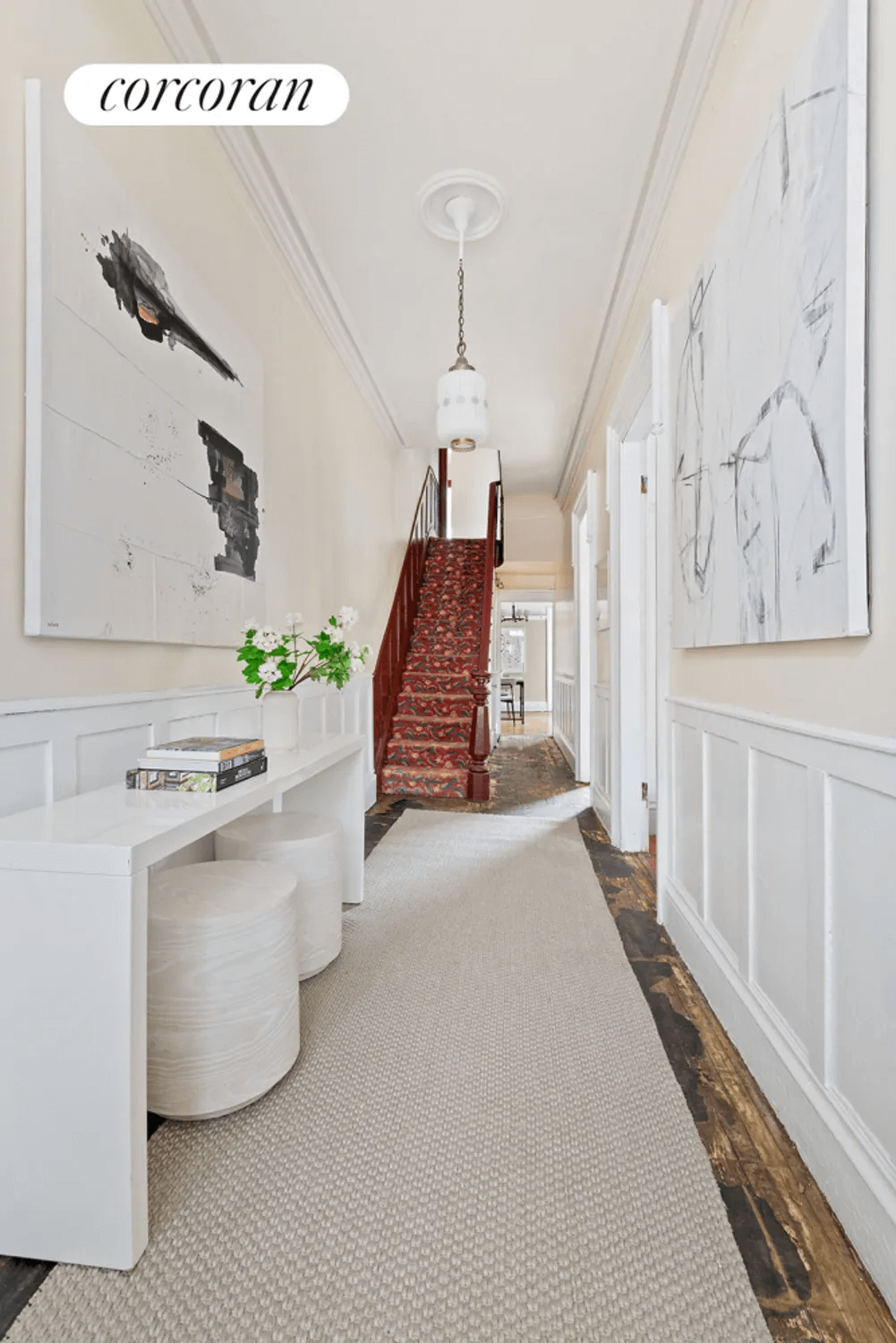
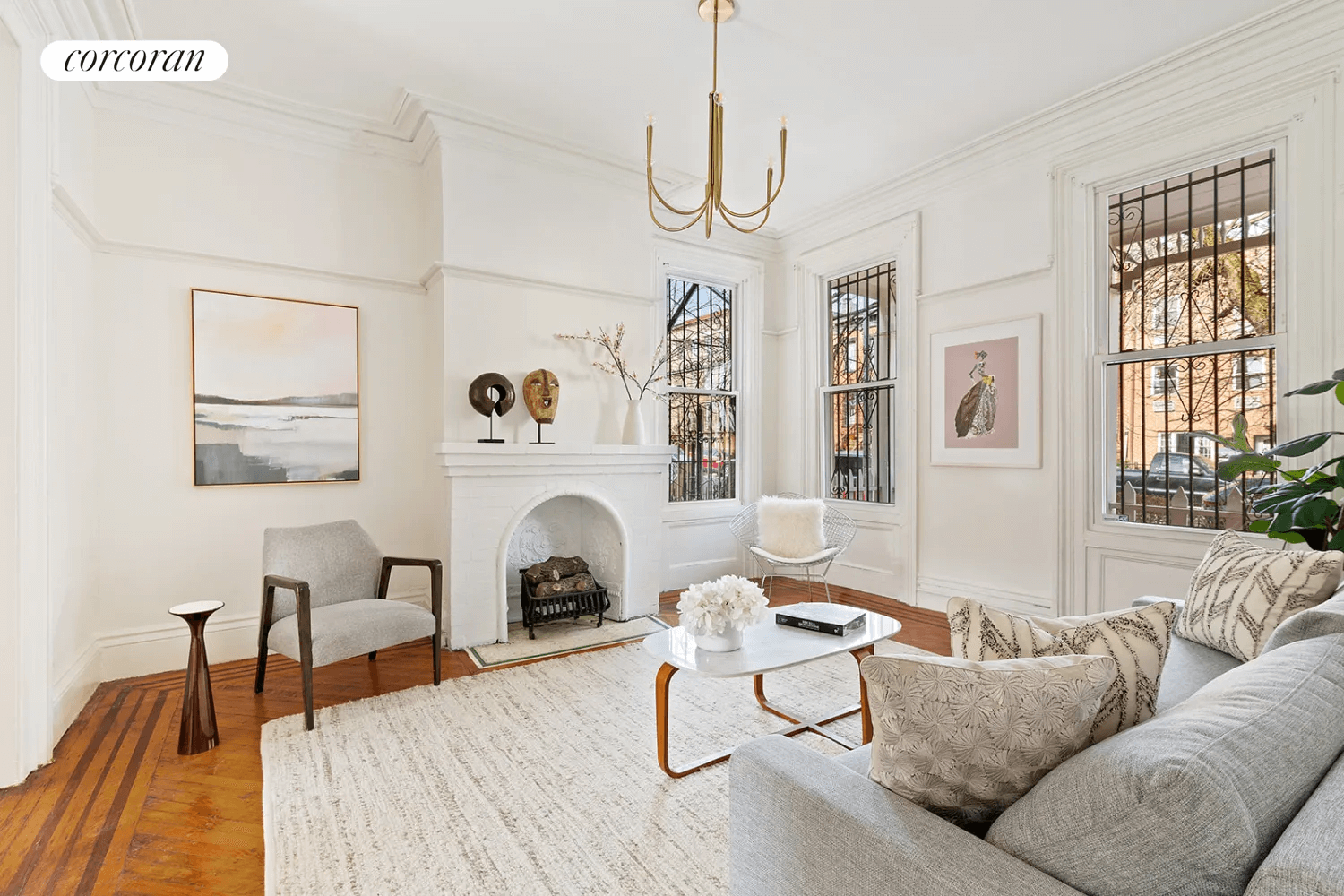
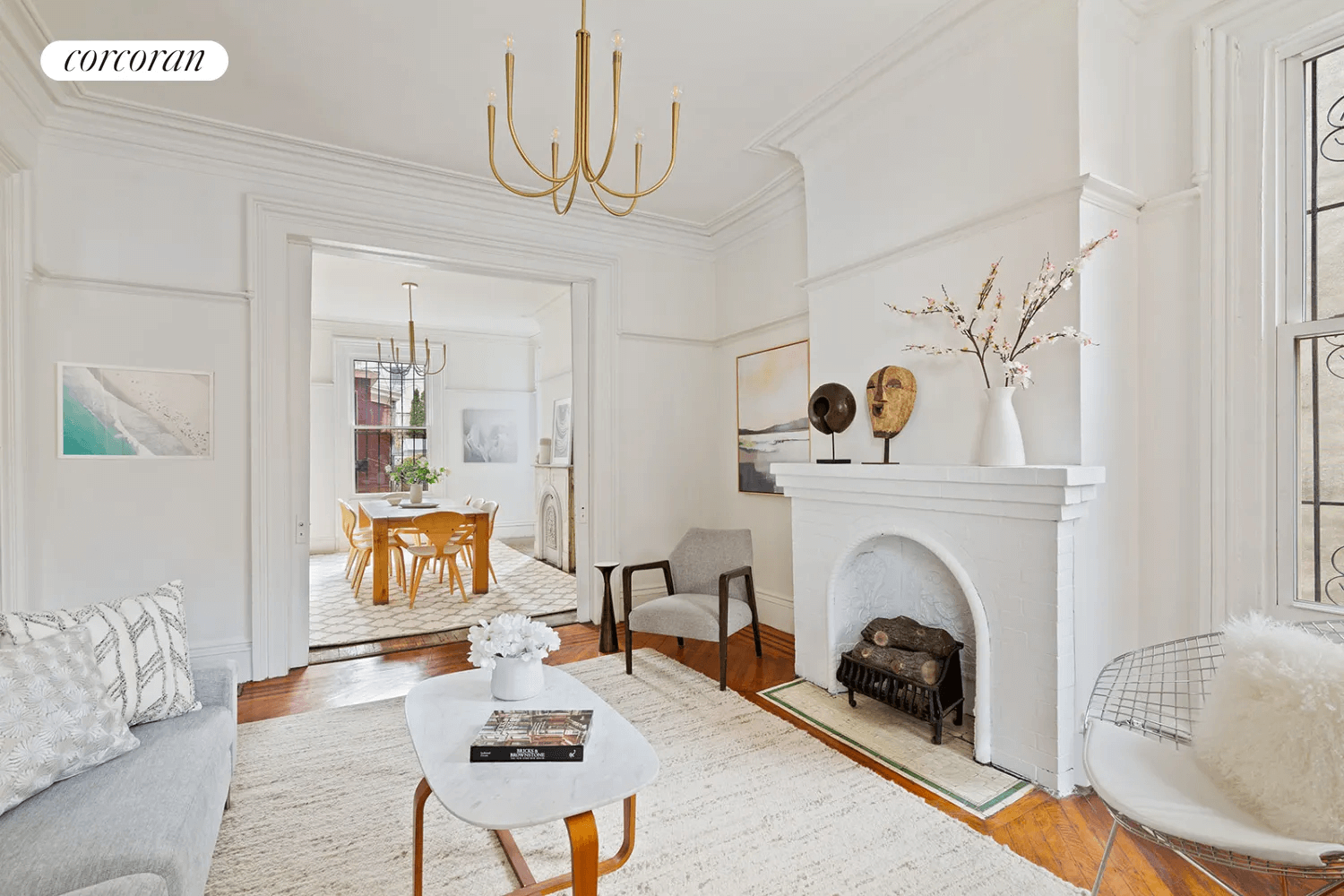
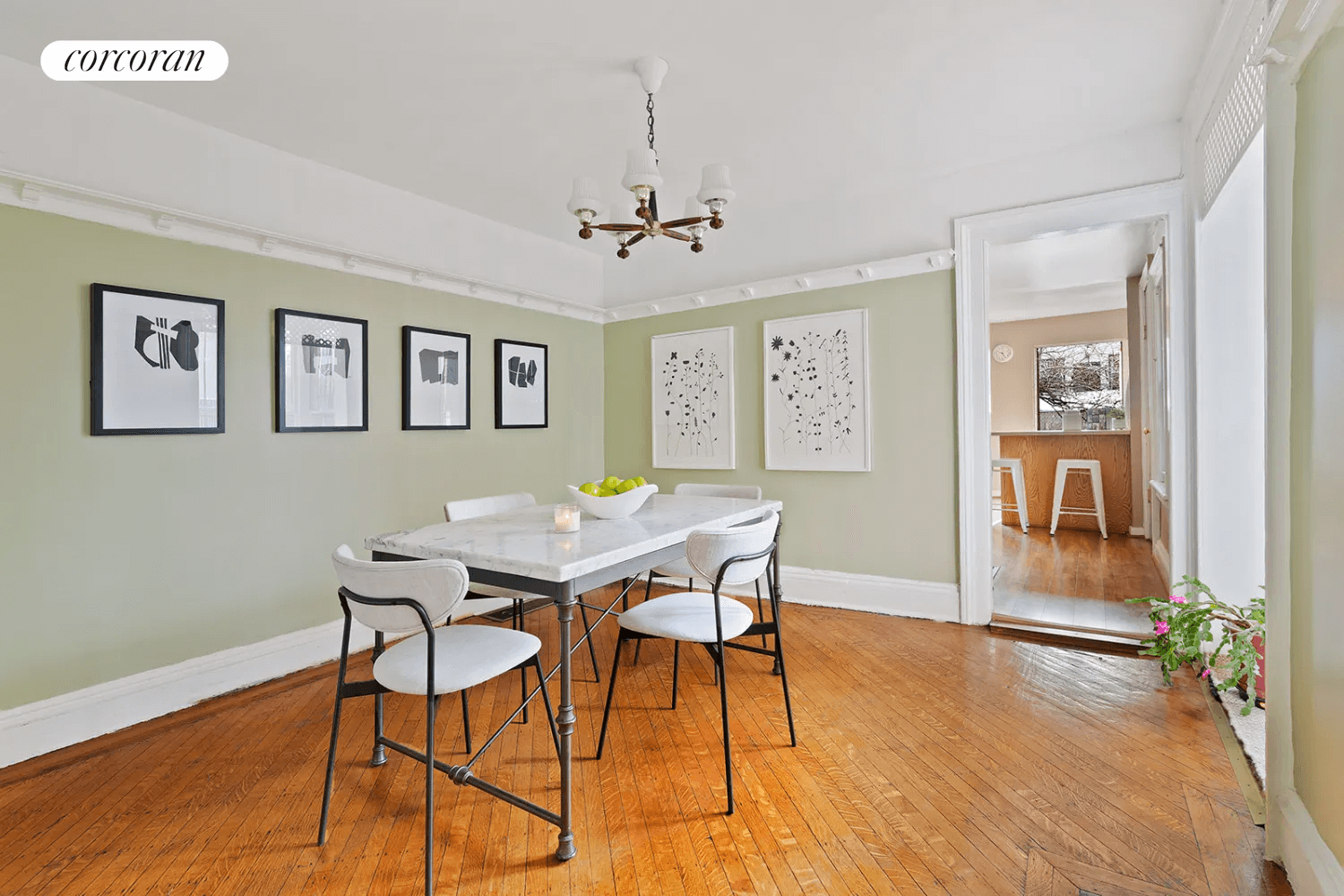
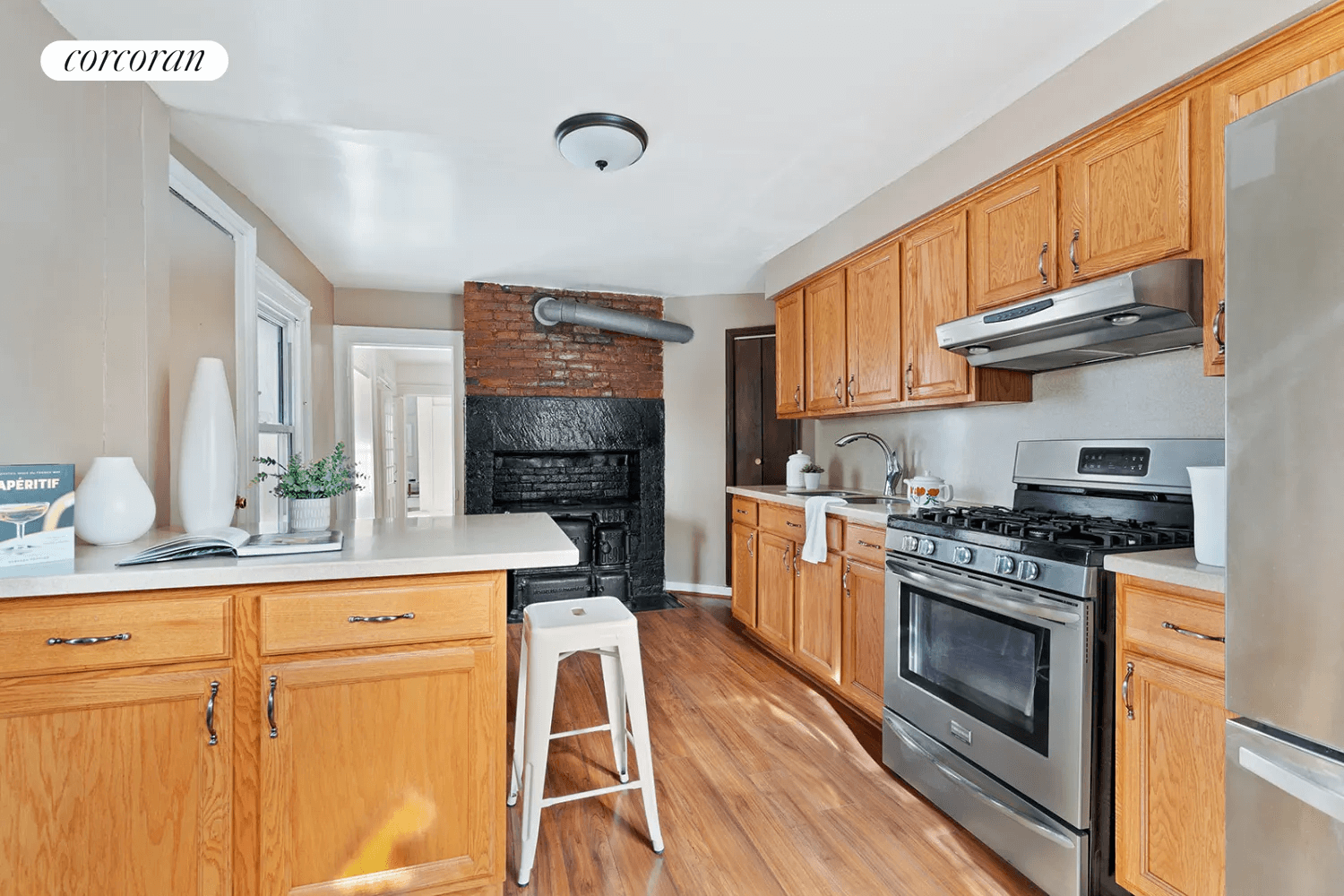
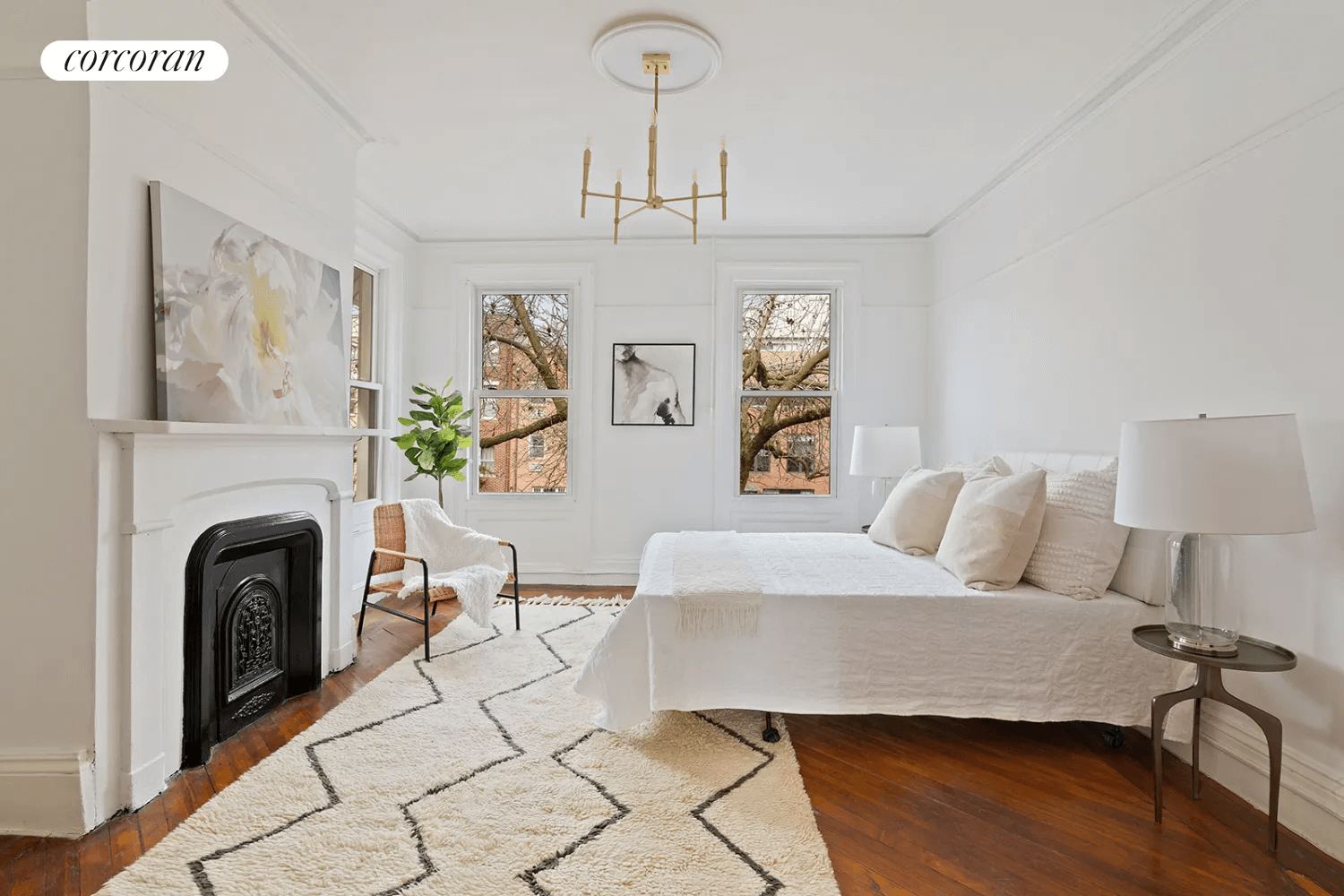
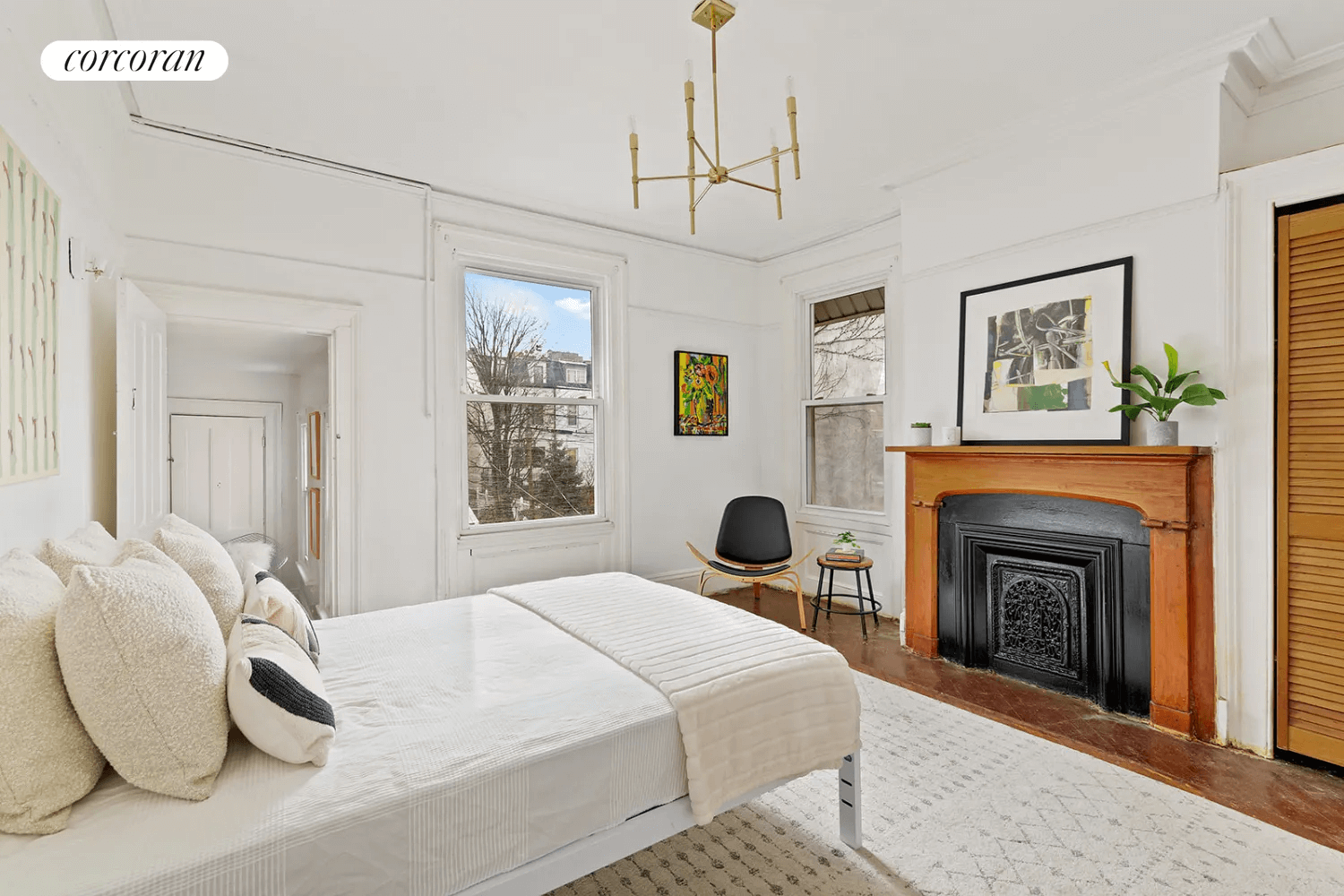
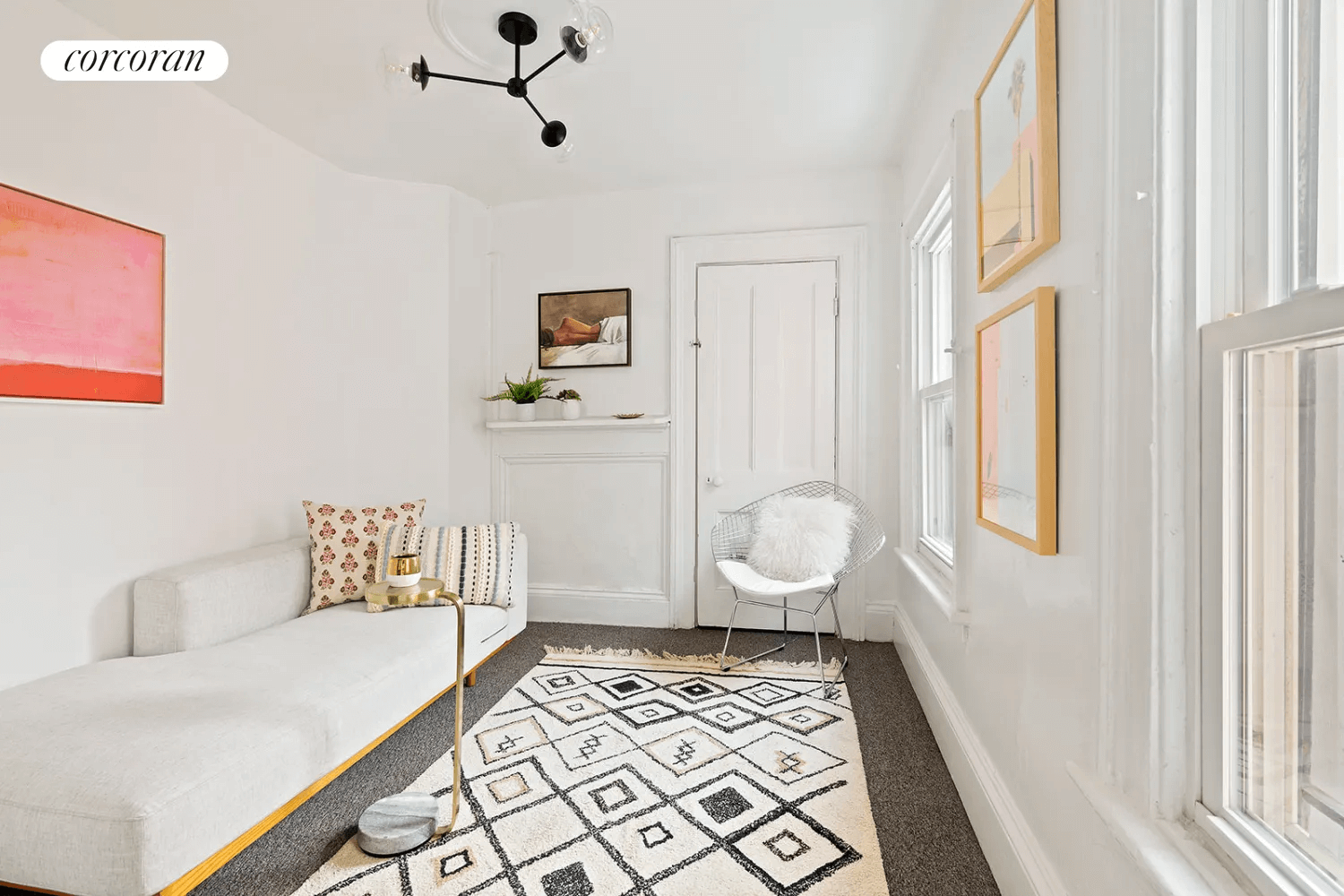
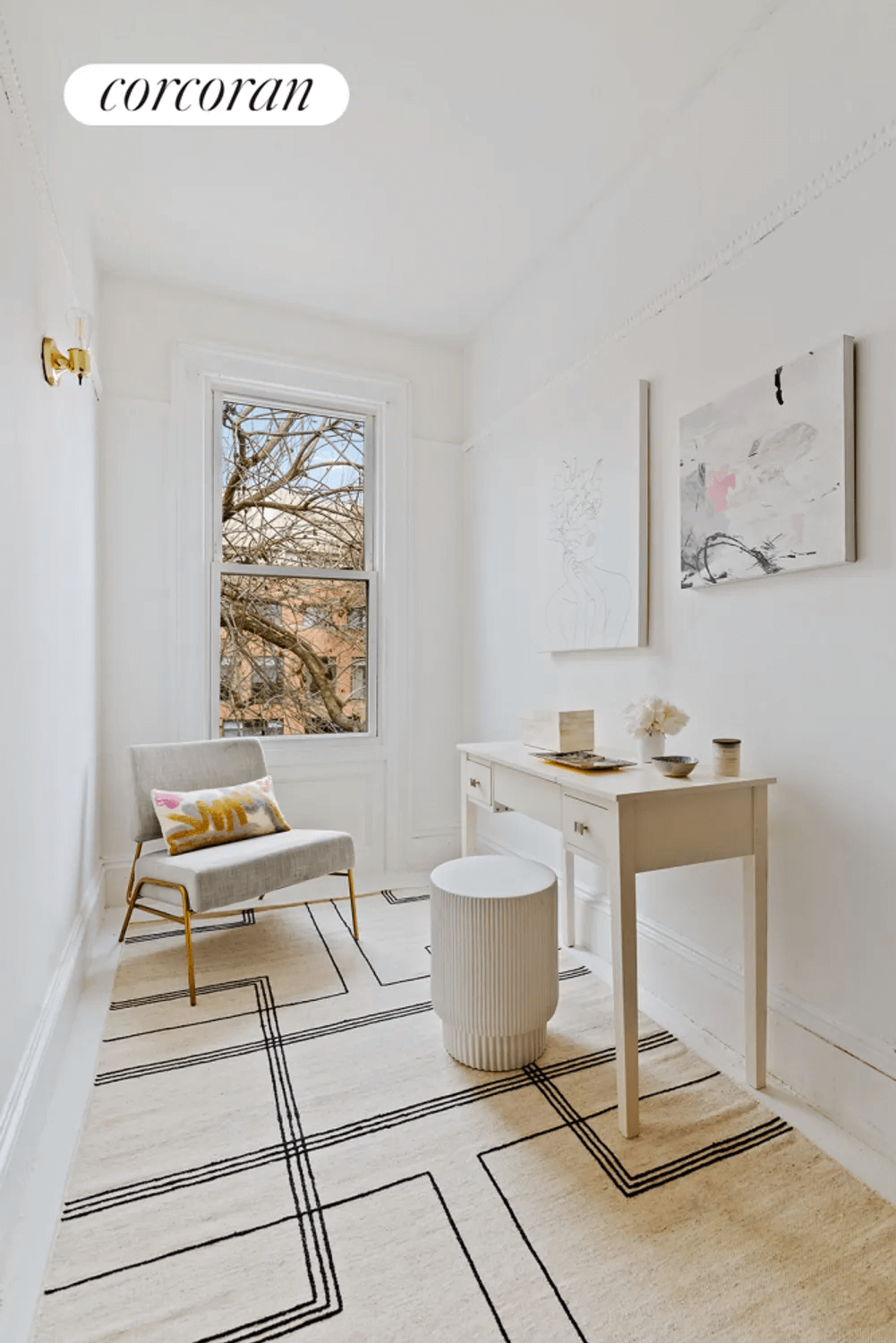
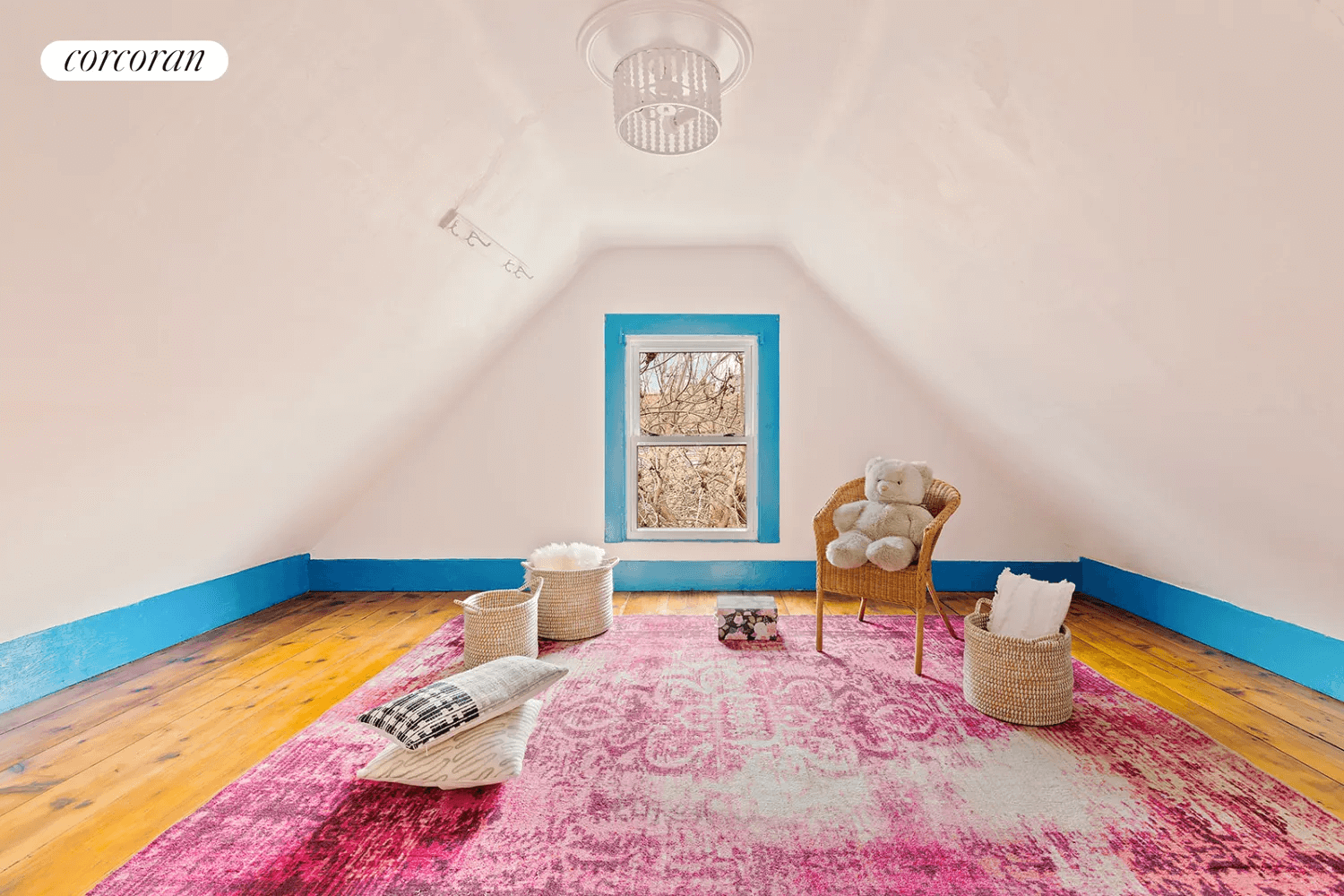
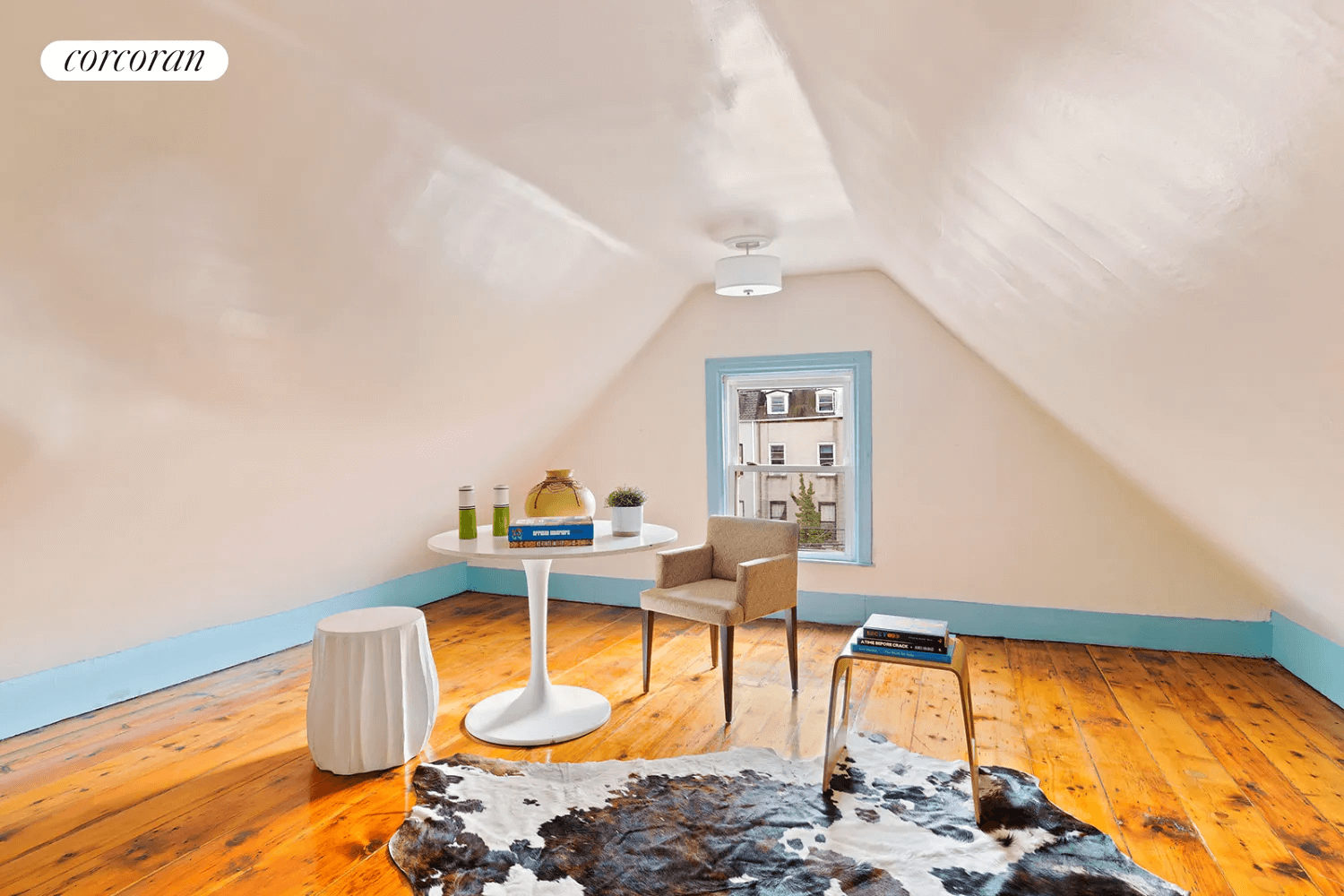
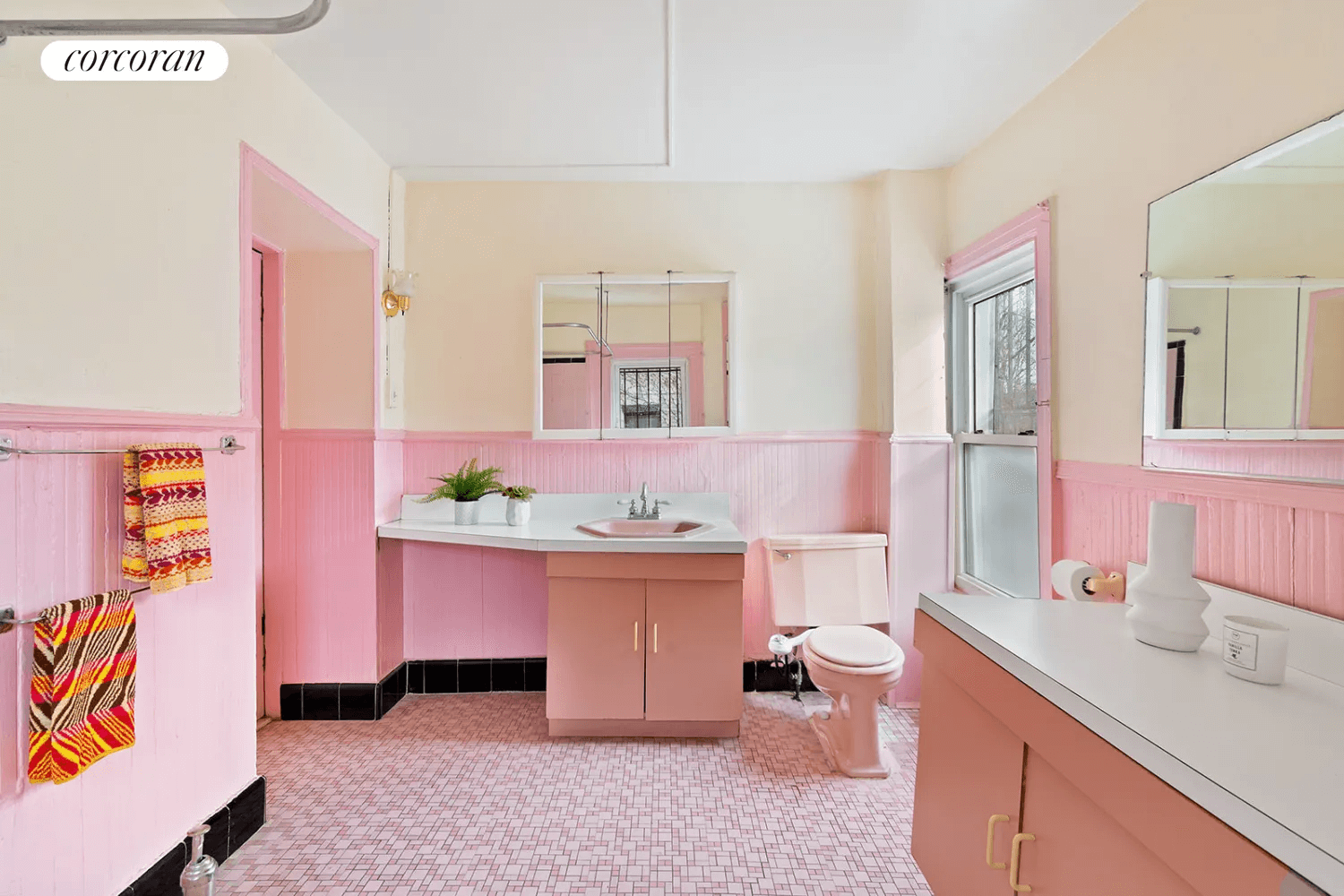
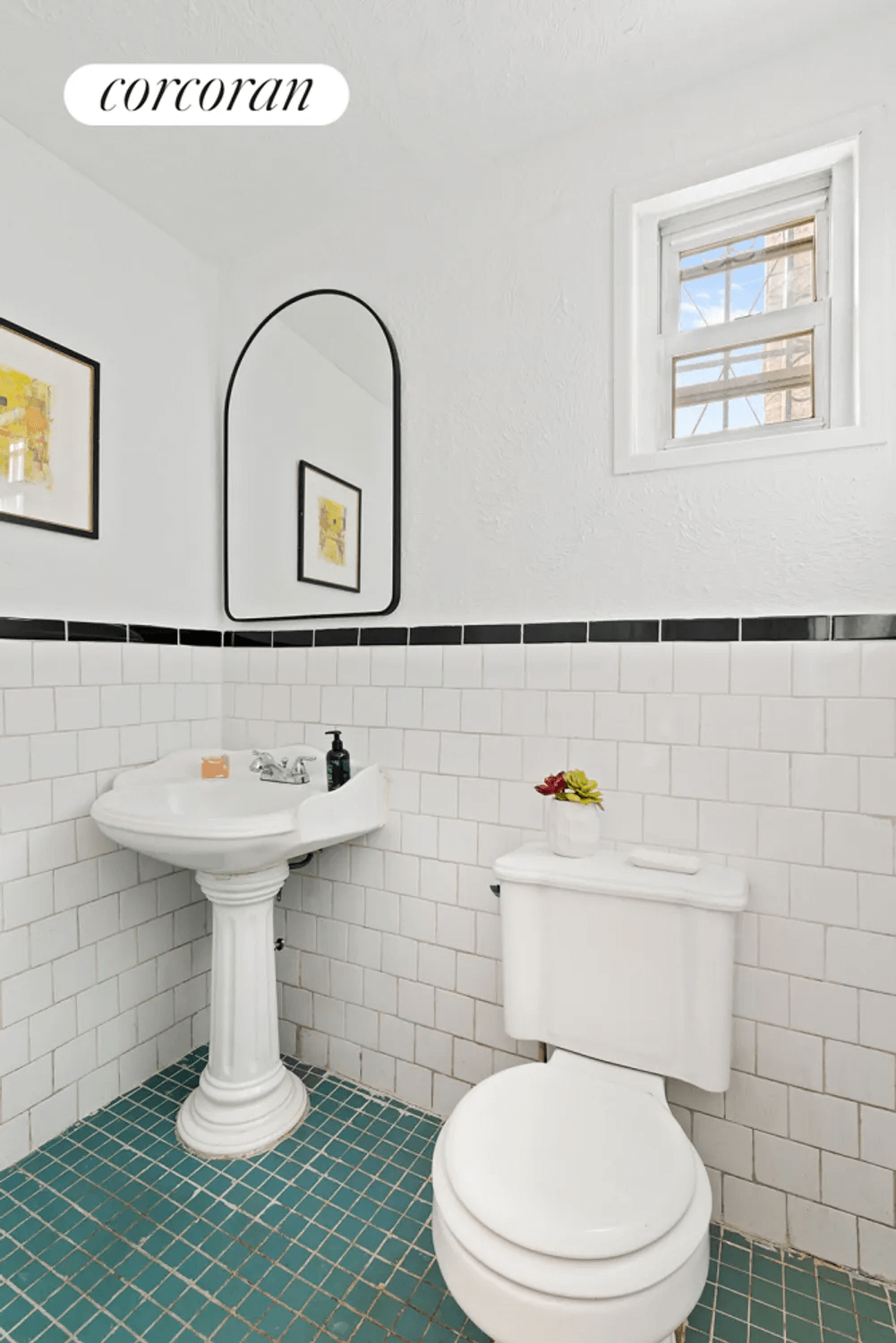
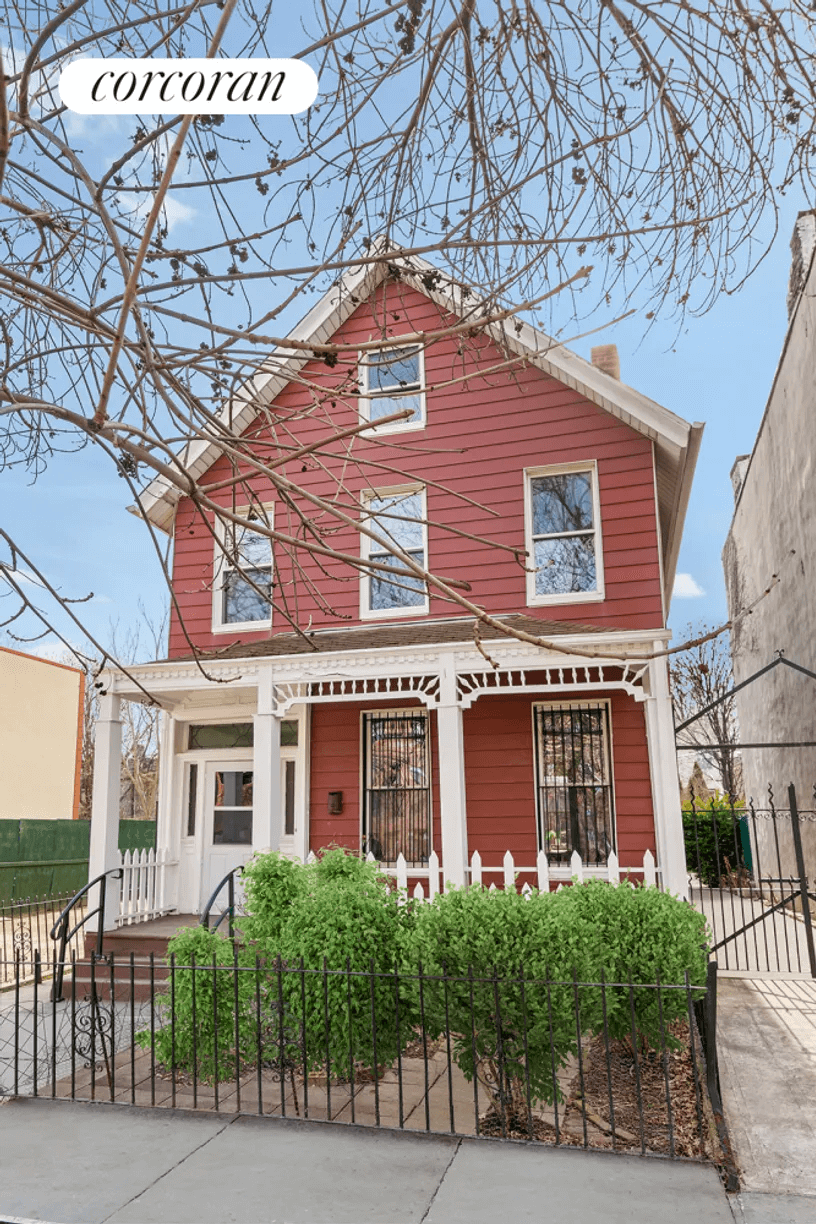
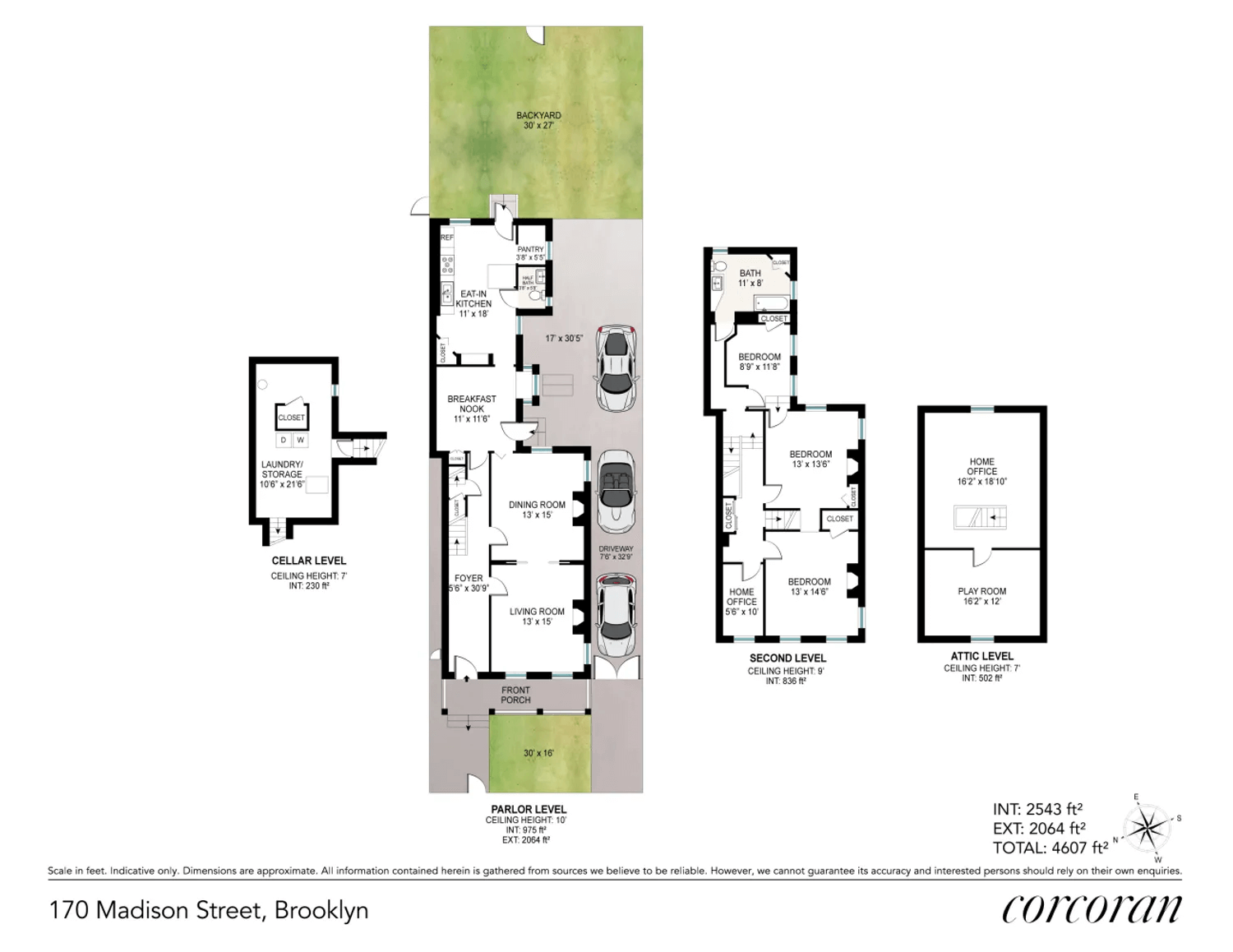
Related Stories
- Clinton Hill Brownstone With Pier Mirror, Marble Mantels, Central Air Asks $3.95 Million
- Park Slope Kinko House With Arts and Crafts-Style Mantel, Wood Floors Asks $4.9 Million
- Boerum Hill Row House With Plasterwork, Moldings, Wide-Plank Floors Asks $3.995 Million
Email tips@brownstoner.com with further comments, questions or tips. Follow Brownstoner on Twitter and Instagram, and like us on Facebook.

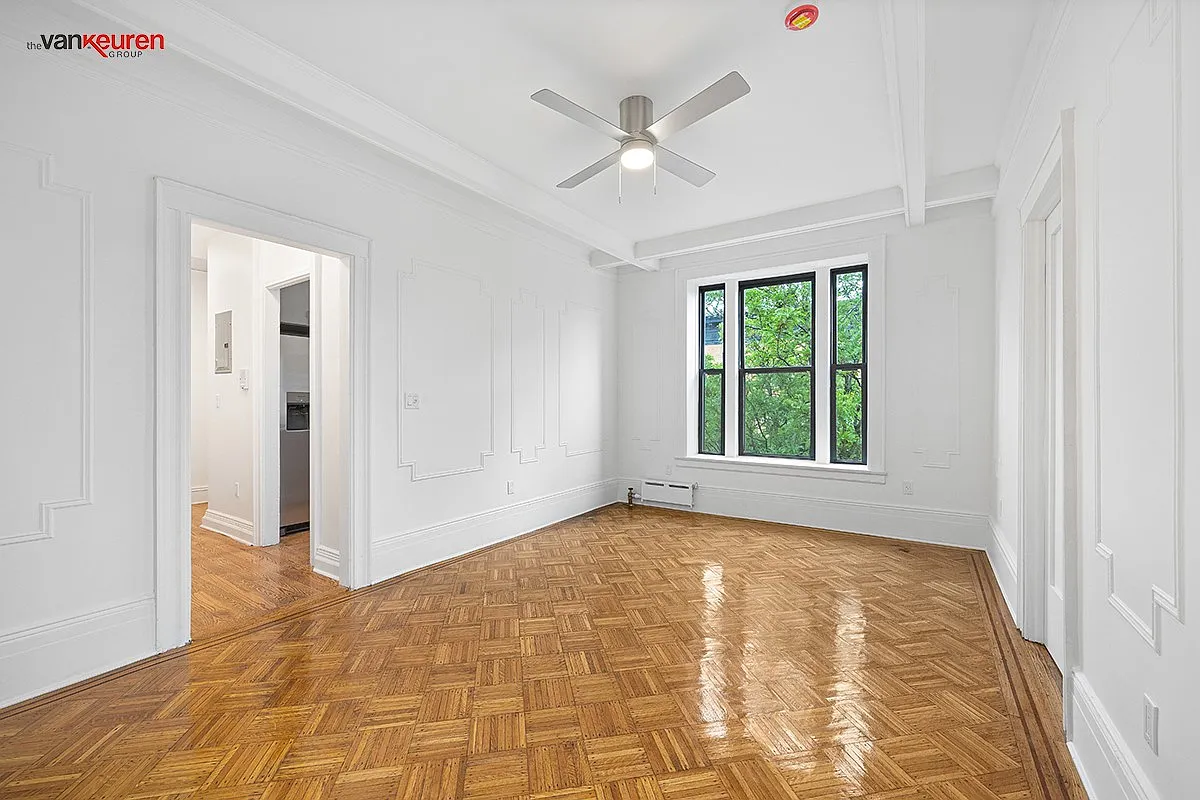
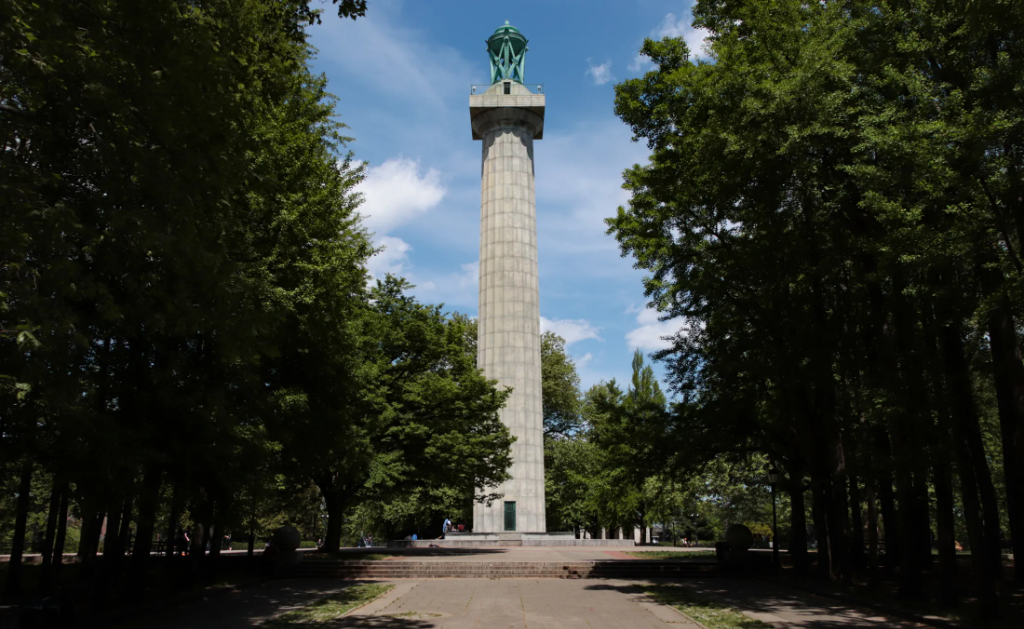
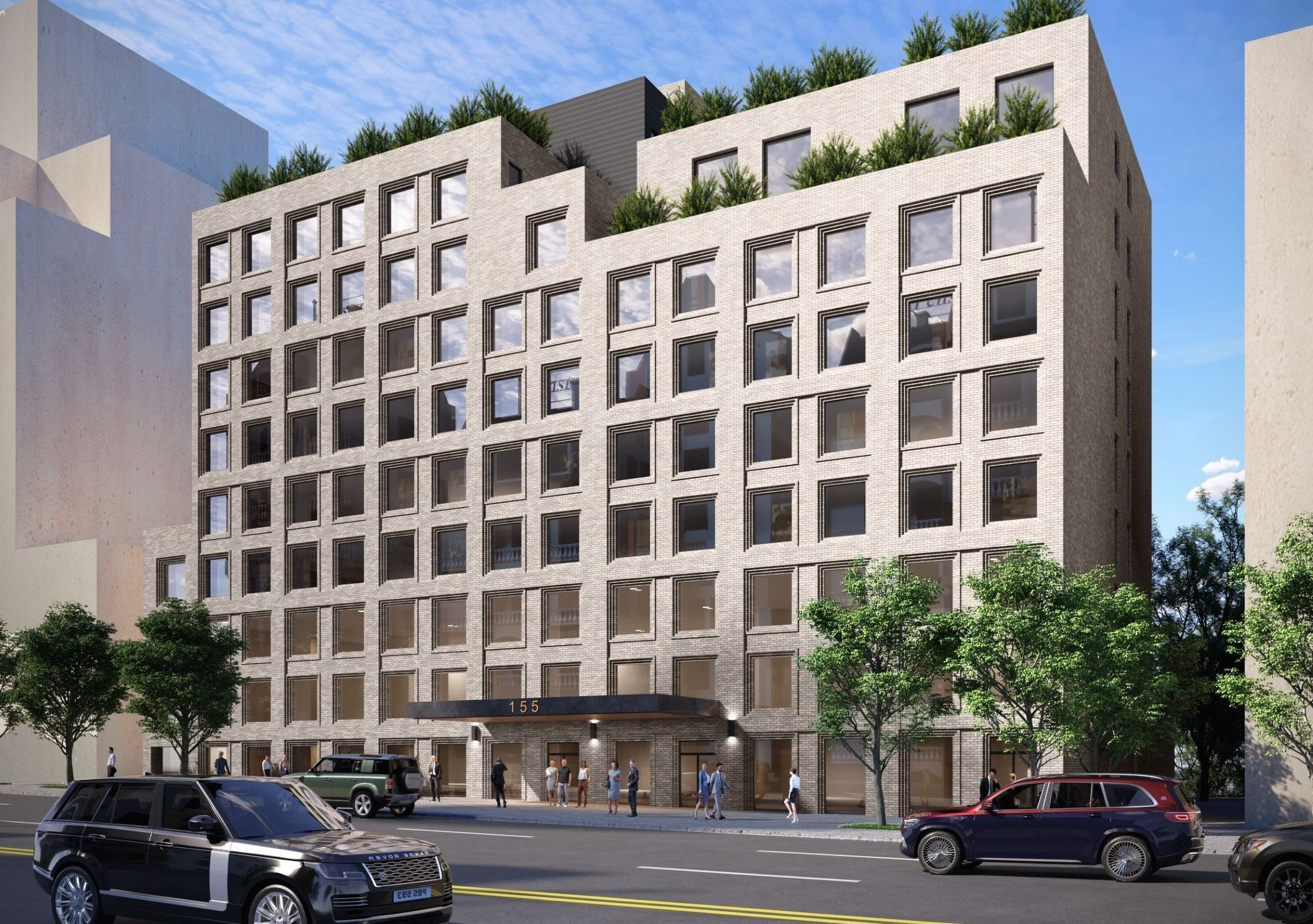
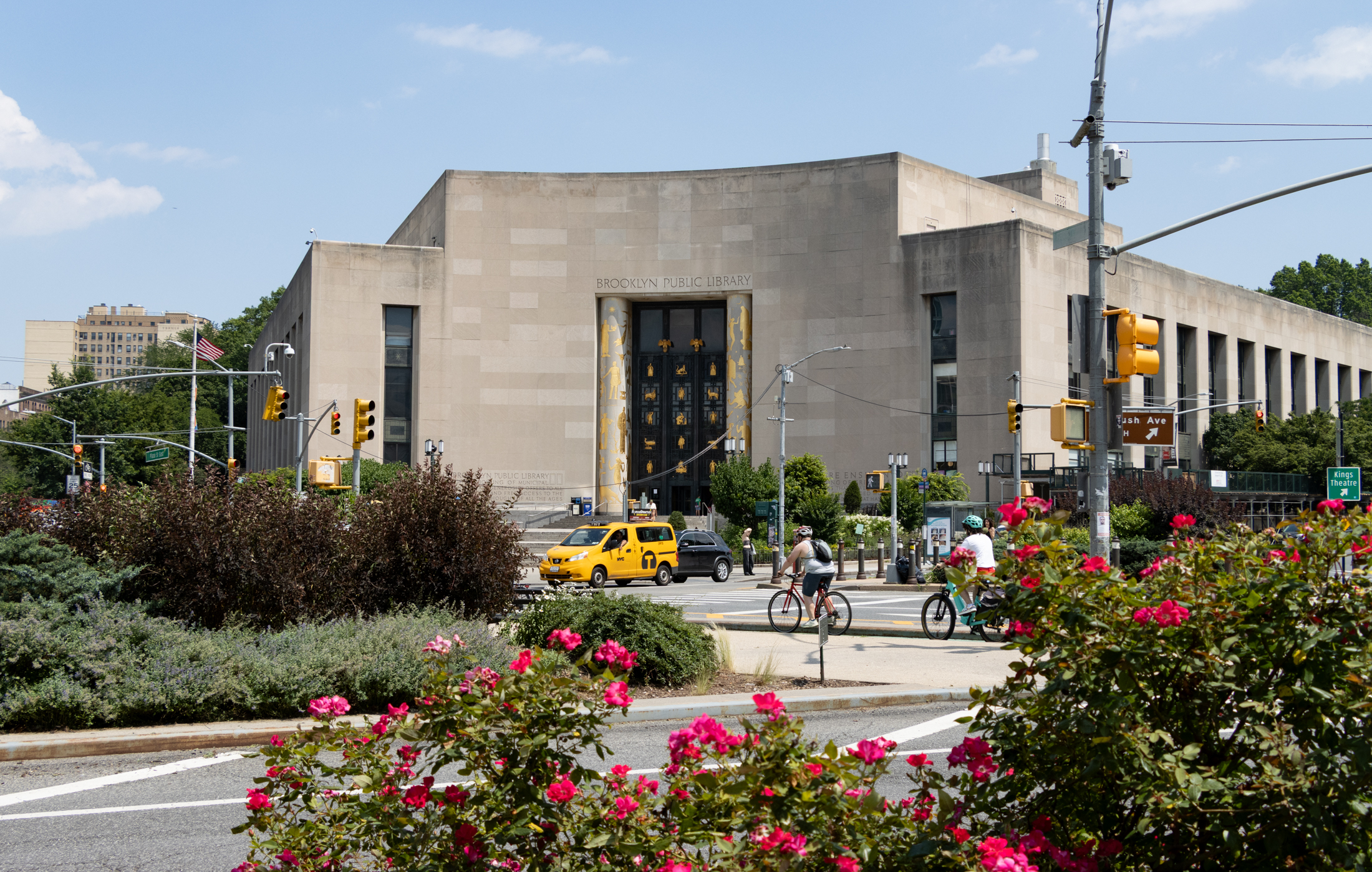
What's Your Take? Leave a Comment